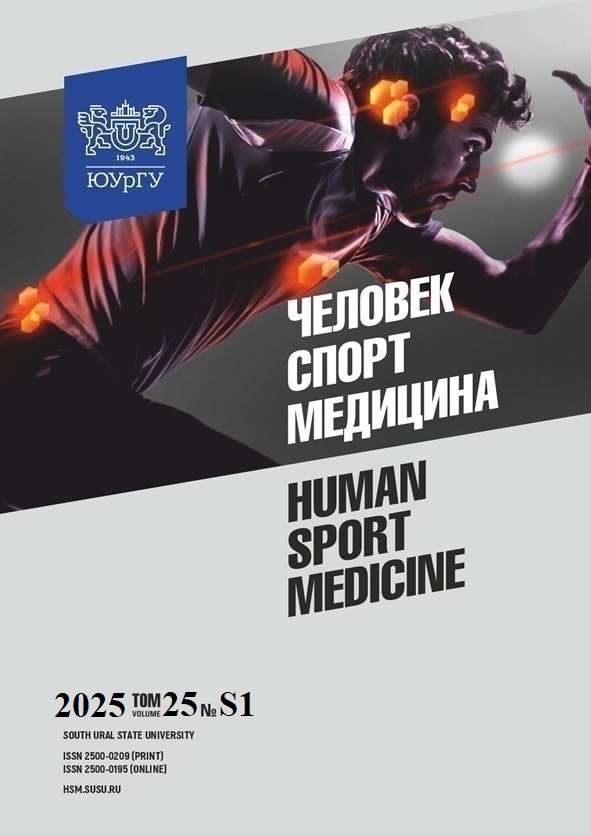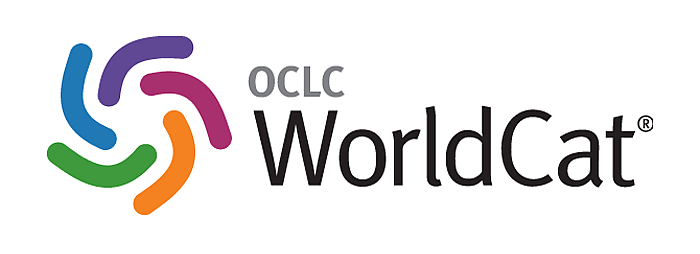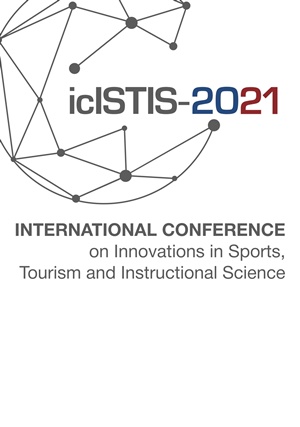THE IMPACT OF COMPETITIVE SEASON STRESS ON UNSTABLE POSTURAL CONTROL IN SKILLED AESTHETIC GYMNASTS
Abstract
Aim. This study investigated seasonal changes in postural stability on an unstable support and psychophysical stress in elite aesthetic gymnasts during a competitive season. Materials and methods. Study participants included non-athletes (control group, n = 13) and highly skilled aesthetic gymnasts categorized as Candidate for Master of Sport (CMS, n = 12) or Master of Sport (MS, n = 13). Assessments were conducted in October, January, and April. Postural stability was evaluated using stabilography on a moving platform in frontal and sagittal planes. Psychophysical stress was measured via the RESTQ-Sport questionnaire and heart rate variability indices (SI, RMSSD, and LF/HF). Results. While RESTQ-Sport scores
remained stable across groups, HRV analysis revealed elevated stress in MS gymnasts by the end of the season (SI, RMSSD). Postural stability under eyes-closed conditions on a frontal-plane moving platform improved in all groups, suggesting a training effect. However, MS gymnasts exhibited greater postural sway (increased oscillation area and velocity) compared to controls at the end of the season. Correlation analysis indicated moderate associations (r = 0.41–0.52) between April stress indices and CoP velocity during balance measurements on a force platform in aesthetic gymnasts. Conclusion. Accumulated psychophysical stress during the competitive season may impair postural stability in highly skilled athletes under challenging balance conditions.
References
References on translit















